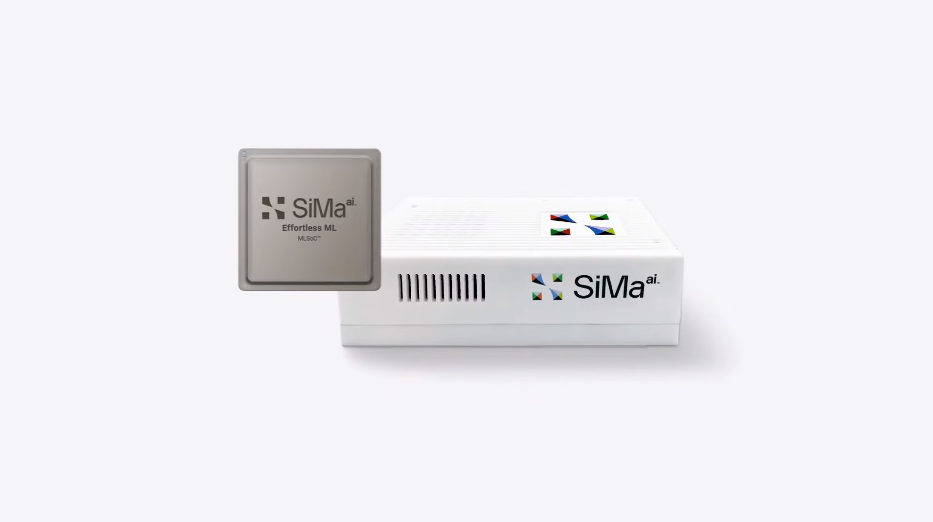 AI
AI
 AI
AI
 AI
AI
SiMA.ai, a startup that develops processors for industrial robots and other edge computing devices, has secured $70 million in fresh funding.
The chipmaker detailed in its announcement of the round today that Maverick Capital was the lead investor. The round also included the participation of other institutional backers, among them Dell Technologies Capital, as well as prominent chip industry executive Lip-Bu Tan. SiMA.ai has raised $270 million to date.
“The computational intensity of generative AI has precipitated a paradigm shift in data center architecture,” said Maverick Capital Managing Director Andrew Homan. “The next phase in this evolution will be widespread adoption of AI at the edge.”
SiMA.ai’s flagship product is a system-on-chip, MLSoC, that can be used to equip edge computing devices with artificial intelligence features. The processor combines about a half-dozen different compute modules in a single package. Customers also have access to a suite of software tools, dubbed Palette, that eases the task of writing software for the chip.
The MLSoc includes a set of AI-optimized circuits that can provide 50 TOPS of performance when crunching eight-bit integers, units of data commonly used by AI models. One TOP corresponds to 1 trillion computations per second. The circuits are integrated with a 25-megabyte memory pool, which allows them to store the data they process internally rather than in slower external RAM.
The AI-optimized circuits are supported by four vector processing units geared toward running computer vision algorithms. The MLSoC also includes modules that perform video encoding, or the task of changing the file format of the media files a computer vision algorithm processes. SiMA says the modules allow a device powered by its chip to process up to eight video streams at once.
The MLSoC performs general-purpose computing tasks with a quad-core central processing unit. The CPU is based on Arm Holdings plc’s Cortex A65 core design and runs Yocto Linux, a version of the operating system designed to run on connected devices. Meanwhile, a cybersecurity subsystem checks the MLSoC’s onboard software for security issues every time it boots to reduce the risk of hacking.
The company ships the chip with a set of development tools called Pallet. It includes, among other components, a compiler that turns AI models into a form that can run efficiently on the chip. Developers also have access to several additional tools designed to reduce the amount of effort involved in building machine learning applications.
SiMA.ai will use the proceeds from its newly announced funding round to bring a new version of MLSoC to market. The upcoming chip, which is set to ship in the first quarter of 2025, will be made using Taiwan Semiconductor Manufacturing Co. Ltd’s six-nanometer node. It will feature computer vision processors based on blueprints from Synopsys Inc., a major provider of chip design software.
“The second-generation SiMa.ai MLSoC will enable any framework, any network, any model or sensor, as well as any modality (as in audio, speech, text, image, and more) for edge AI applications,” SiMA.ai Chief Executive Officer Krishna Rangasayee and Chief Business Officer Elizabeth Samara Rubio detailed in a blog post.
Rangasayee spoke with theCUBE, SiliconANGLE Media’s video studio, in December to talk about the need for AI inferencing at the network edge:
THANK YOU